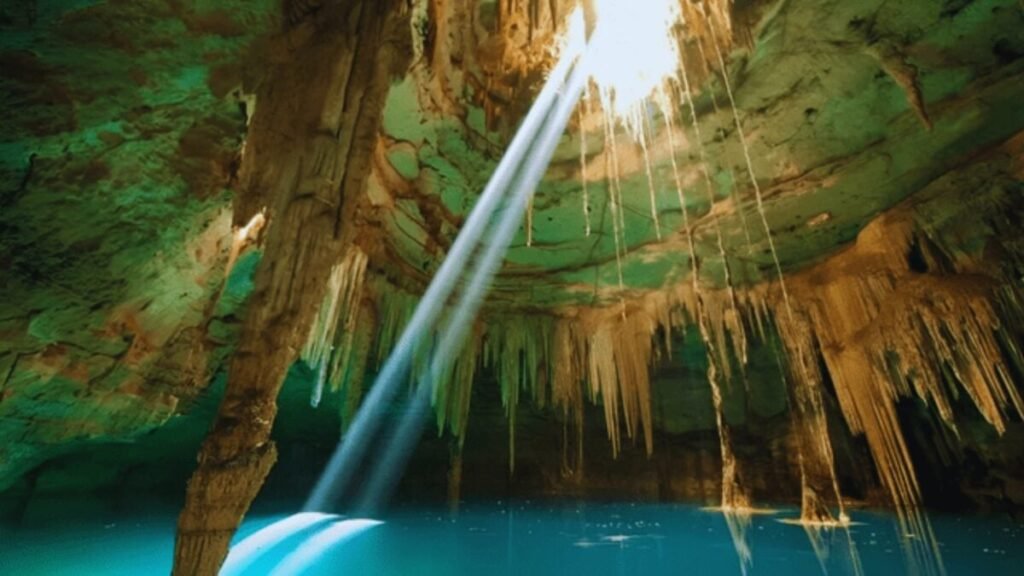The hidden ocean beneath our feet: South America guards the largest reserve of freshwater on the planet and could be its salvation.

This is by no means a metaphor. Researchers have identified a hydrogeological system that accumulates over 160 trillion cubic meters of fresh water, a volume so immense that it could supply the entire planet for over 250 years. The magnitude is such that it has been dubbed as , although many already refer to it directly as the “subterranean ocean.”
The extraordinary thing is that this reservoir not only lies beneath Brazil, its main territory, but also extends southward, where it connects with another invisible giant: the renowned Guarani Aquifer.
Between abundance and uncertainty

The discovery, presented in the , arouses enthusiasm and concern in equal measure. On one hand, it offers a strategic reserve in a world plagued by extreme droughts, water crises, and conflicts over water. But on the other hand, it poses technical and political challenges: how to take advantage of a resource that extends across borders, depths, and such complex geological layers?
Currently, wells reach a maximum of 500 meters, and the water quality at greater depths is still unknown. In other words, we are talking about an immense ocean, but largely unexplored.
Argentina and the other subterranean ocean
For Argentina, access to this system comes through the , one of the most important reservoirs on the planet. With over 37,000 km³ of fresh water, this aquifer also extends beneath Paraguay, Uruguay, and Brazil. It is mainly composed of porous sandstones that allow for large-scale water storage and mobilization.
For decades, its potential has been researched, but also its threats: deforestation, industrial pollution, and the lack of cross-border regulation. It is no coincidence that several international agreements have attempted, with relative success, to ensure its conservation.
How it was discovered

There, geologists identified a deposit of 86.4 trillion cubic meters of water, which turned out to be just a part of a much larger system. With more precise hydrogeological models and maps, it was confirmed that the sedimentary layers of the Amazon region hid an aquifer up to 3.5 times larger than the Guarani Aquifer.
Professor Ingo Daniel Wahnfried, from the , explained that more detailed mapping is still needed to understand the diversity of its strata: from fossil lakes and underground wetlands to rock formations that act as natural barriers.
Opportunity or risk?
It contains more than 80% of the water in the Amazon hydrological cycle, while rivers and the atmosphere provide only the remaining 8%. This means that, if mismanaged, it could alter not only human water supply but also the ecological balances that sustain the largest jungle on the planet.
In times of a great climate crisis, the idea of an “invisible ocean” beneath South America is as promising as it is unsettling. It could be the key to ensuring drinking water for millions of people in the future, but also a dangerous temptation if it becomes the object of intensive exploitation, without solid international agreements to protect it.





